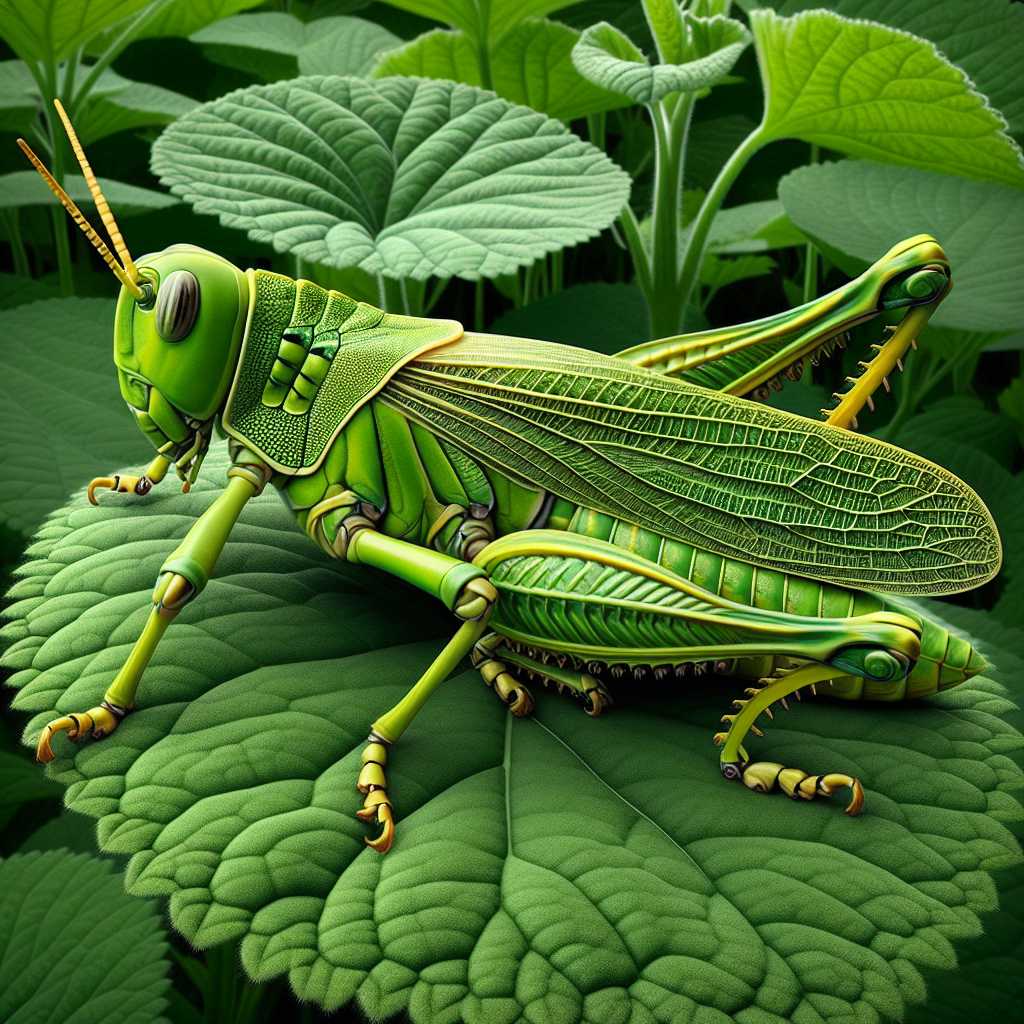The Fascinating World of Grasshoppers: An In-Depth Exploration of Their Lives and Environment
Grasshoppers are intriguing insects belonging to the suborder Caelifera within the order Orthoptera, which includes crickets and their kin. As one of the earliest insects to evolve flight, grasshoppers have adapted to a vast array of environments and play significant roles in various ecosystems. This article offers a detailed insight into grasshopper biology, behavior, habitat, as well as their relationship with humans and agriculture.
Biology and Life Cycle of Grasshoppers
Grasshoppers are known for their long hind legs designed for jumping, a process powered by the rapid contraction of muscles within the thigh. Their body parts include the head, thorax, and abdomen. Two pairs of wings, with the tough front pair protecting the more delicate hind wings used in flight, ornament their thoracic section.
Molting and Metamorphosis
Grasshoppers go through incomplete metamorphosis which consists of three primary stages – egg, nymph, and adult. Nymphs resemble miniature adults but lack fully developed wings and reproductive organs. As they grow, they shed their exoskeleton (a process known as molting) several times before reaching maturity. This growth period is critical as it requires adequate food sources and safe habitats to avoid predation.
Dietary Habits
Primarily herbivores, grasshoppers feed on a wide variety of plants including leaves, stems, and some cereal crops, which can place them at odds with agricultural ventures. Their diet impacts their geographical distribution, as they prefer regions where their preferred vegetation is abundant.
Differentiating Features: Morphology and Acoustics
Grasshoppers are distinguished by their robust bodies, strong jumping legs, and short antennae compared to related species such as crickets. An important part of their identity is sound production, achieved by stridulation – rubbing their hind legs against the forewings or “crepitation”, snapping the wings together in flight.
Communication and Reproduction
The sounds created by grasshoppers serve communication purposes including attracting mates or expressing alarm. Reproduction occurs through mating sessions after which females lay eggs in soil or plant tissue. These will incubate until environmental conditions prompt hatching into the nymph stage.
Habitat and Geographic Spread
Grasshoppers live in diverse habitats ranging from deserts to meadows. They are predominantly found in temperate and tropical regions where their preferred food sources are readily available. Factors like climate change may influence their distribution patterns over time.
Evolutionary Adaptations
Through millions of years, grasshoppers have evolved physical adaptations such as camouflage to blend into surroundings and ward off predators. Some species display mimetic coloring as an additional defense mechanism.
Their Role in Ecosystems
As herbivores, grasshoppers assist in nutrient cycling by breaking down plant material. Moreover, they are a vital food source for higher trophic-level organisms like birds and small mammals.
Interaction with Agriculture: Pest or Progressive Influence?
In large numbers, some species of grasshoppers can become agricultural pests, especially when natural controls like predators are absent or when environmental conditions (such as drought) increase competition for food, motivating migration to cultivated fields.
Grasshopper Swarm Dynamics
Locusts versus Grasshoppers: Clarifying the Confusion
Although locusts are actually grasshoppers of specific species that display swarming behavior under certain conditions (such pendulumlike movements triggered by changes in serotonin levels during overcrowding), there remains general confusion between them. Not all grasshoppers swarm; this behavior is unique mainly to locusts.
Factors Inducing Swarms
Climate fluctuations and other environmental factors can trigger massive swarms in locust species. They can travel vast distances daily while consuming massive amounts of crops over extensive areas.
Combatting Infestation
Control measures include pesticide applications and biological controls such as introducing predators or pathogens specific to grasshopper populations.

